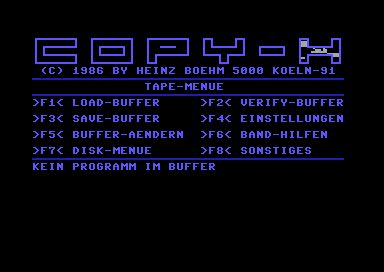robert_sissco
Experienced Member
As part of a lot of software I purchased, a 1530 was included. My 3rd datasette, second 1530.
I cleared it up, tried to load some software, and it kept failing as if it was constantly finding files.
Took it apart to get to the read head, took a Q-tip, loosened the cotton, dripped in IPA and gave it a wipe down. Now it reads constantly, but the software fails to load. It just sits on the blank loading screen.
To test, I took my confirmed working 1530 down and ran the software through that, and I learned an important lesson...I suck that that game.
BUT, it loaded.
I remember one time seeing a cartridge on eBay to do datasette calibration, it would display the read signal and you would manipulate the potentiometer through the hole in the upper case just above the rewind button, but I cannot find it anymore.
Does anyone know where it can be acquired, either through the .CRT file or the cart itself?
I cleared it up, tried to load some software, and it kept failing as if it was constantly finding files.
Took it apart to get to the read head, took a Q-tip, loosened the cotton, dripped in IPA and gave it a wipe down. Now it reads constantly, but the software fails to load. It just sits on the blank loading screen.
To test, I took my confirmed working 1530 down and ran the software through that, and I learned an important lesson...I suck that that game.
BUT, it loaded.
I remember one time seeing a cartridge on eBay to do datasette calibration, it would display the read signal and you would manipulate the potentiometer through the hole in the upper case just above the rewind button, but I cannot find it anymore.
Does anyone know where it can be acquired, either through the .CRT file or the cart itself?

